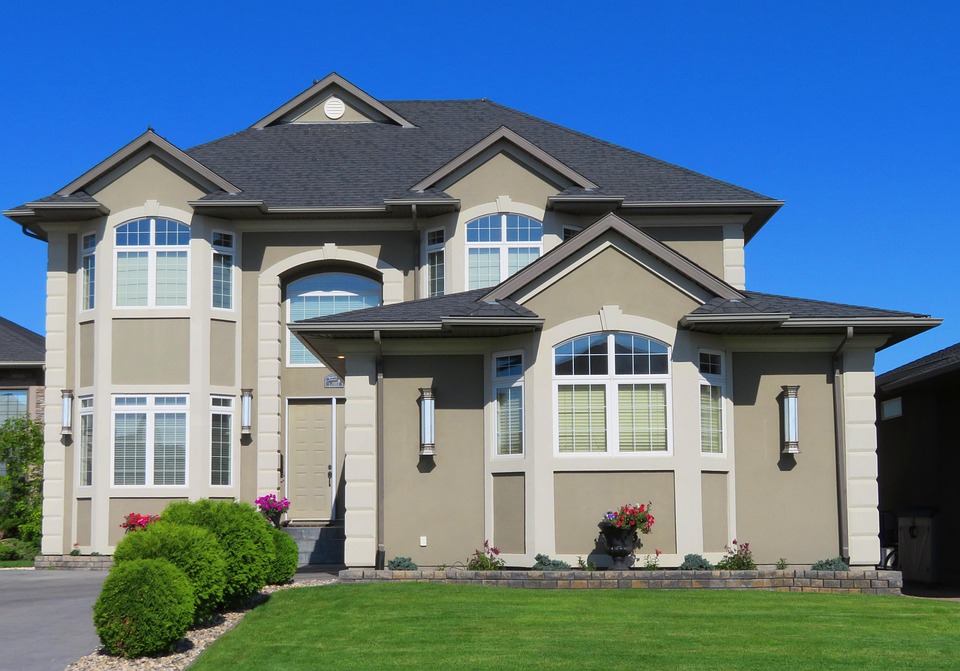Value-add real estate is a term that refers to properties that can be improved or renovated in order to increase their value. These kinds of properties are often seen as great investment opportunities for savvy investors looking to make a profit in the real estate market. By purchasing a property that is in need of some TLC and transforming it through renovation, investors can significantly increase its value and potential for rental income or resale.
When it comes to renovating properties, there are a few key factors to consider in order to maximize the potential for turning a profit. From selecting the right property to understanding the renovation process, there are several steps that investors should take in order to ensure a successful value-add real estate project.
Selecting the Right Property
The first step in a successful value-add real estate project is selecting the right property. This means finding a property that is in need of renovation but has the potential to increase in value after the work is done. Factors to consider when selecting a property include location, potential for rental income, and the overall condition of the property.
Location is key when it comes to real estate investing, as properties in desirable neighborhoods are more likely to increase in value over time. Look for properties in up-and-coming areas or neighborhoods that are already in high demand. Additionally, consider the potential for rental income in the area, as this can provide a steady stream of revenue while waiting for the property to appreciate in value.
Understanding the Renovation Process
Once a property has been selected, it's important to understand the renovation process in order to execute the project successfully. This includes setting a budget, creating a timeline, and hiring the right professionals to complete the work.
Setting a budget is crucial when it comes to renovating properties, as costs can quickly add up if not carefully managed. Consider all aspects of the renovation, including materials, labor, permits, and any unexpected expenses that may arise. It's also important to create a timeline for the project in order to keep it on track and ensure that it is completed in a timely manner. Hiring the right professionals, such as contractors, designers, and real estate agents, can also help streamline the renovation process and ensure that the project is successful.
Maximizing the Potential for Profit
Once the renovation is complete, investors should focus on maximizing the potential for profit by either renting out the property or selling it for a higher price. Renting out the property can provide a steady stream of income and help to recoup the costs of the renovation, while selling the property can result in a quick return on investment.
When it comes to renting out a renovated property, consider factors such as market rental rates, tenant screening processes, and property management options. By renting out the property, investors can benefit from ongoing rental income and potential tax advantages. On the other hand, selling the property can result in a quick return on investment and the opportunity to reinvest the profits into additional value-add real estate projects.
FAQs
Q: What are some common renovation projects that can increase the value of a property?
A: Common renovation projects that can increase the value of a property include updating kitchens and bathrooms, adding square footage, improving curb appeal, and updating flooring and fixtures.
Q: How can investors finance a value-add real estate project?
A: Investors can finance a value-add real estate project through traditional bank loans, private lenders, hard money loans, or crowdfunding platforms. It's important to consider the terms and interest rates of each financing option in order to choose the best option for the project.
Q: What are some potential risks associated with value-add real estate projects?
A: Some potential risks associated with value-add real estate projects include unexpected expenses, delays in the renovation process, changes in market conditions, and difficulties in finding qualified tenants or buyers. It's important to carefully consider these risks and develop a contingency plan in order to mitigate potential challenges.
In conclusion, value-add real estate projects have the power to transform properties and turn a profit for savvy investors. By selecting the right property, understanding the renovation process, and maximizing the potential for profit, investors can successfully renovate properties and increase their value. With careful planning and execution, value-add real estate projects can be a lucrative investment opportunity in the real estate market.



